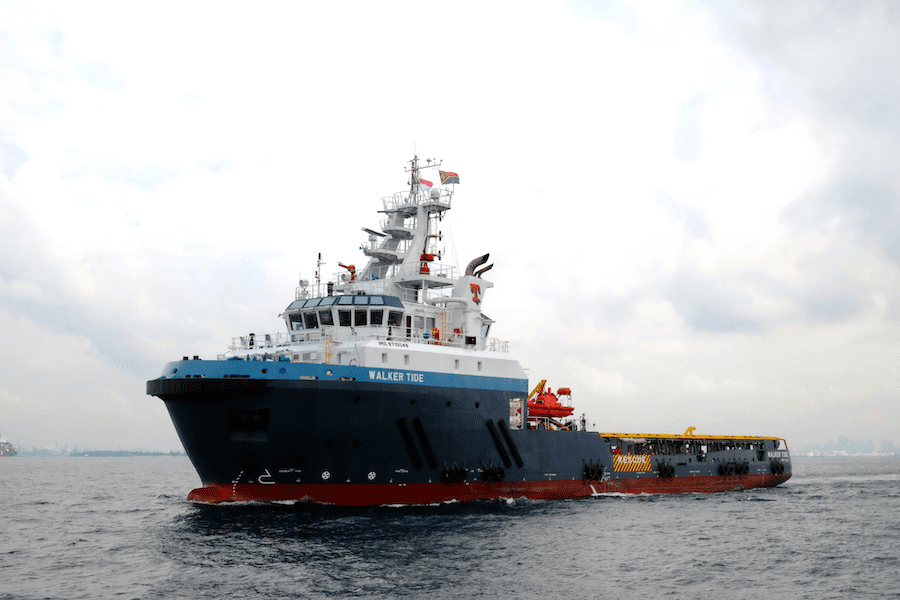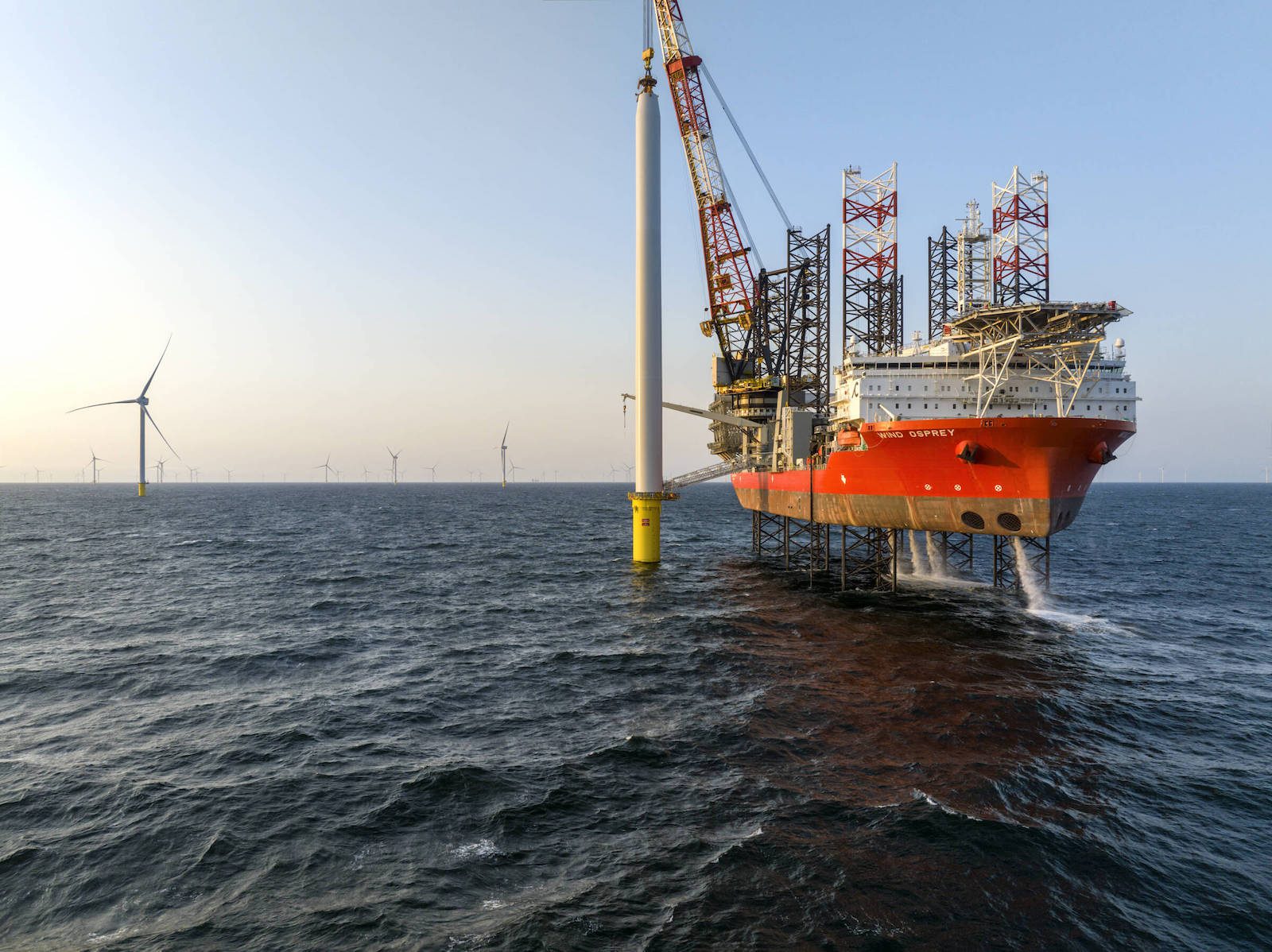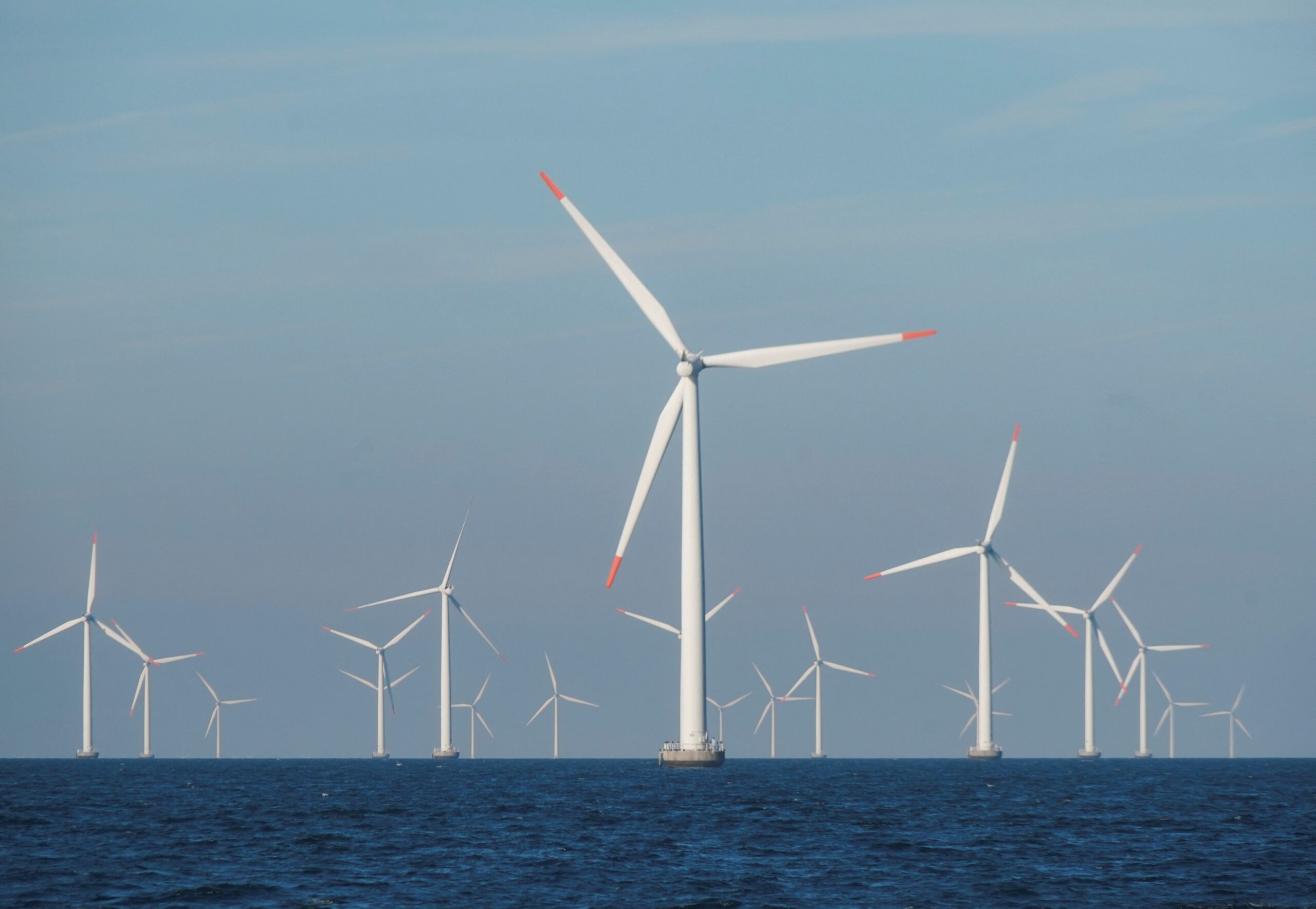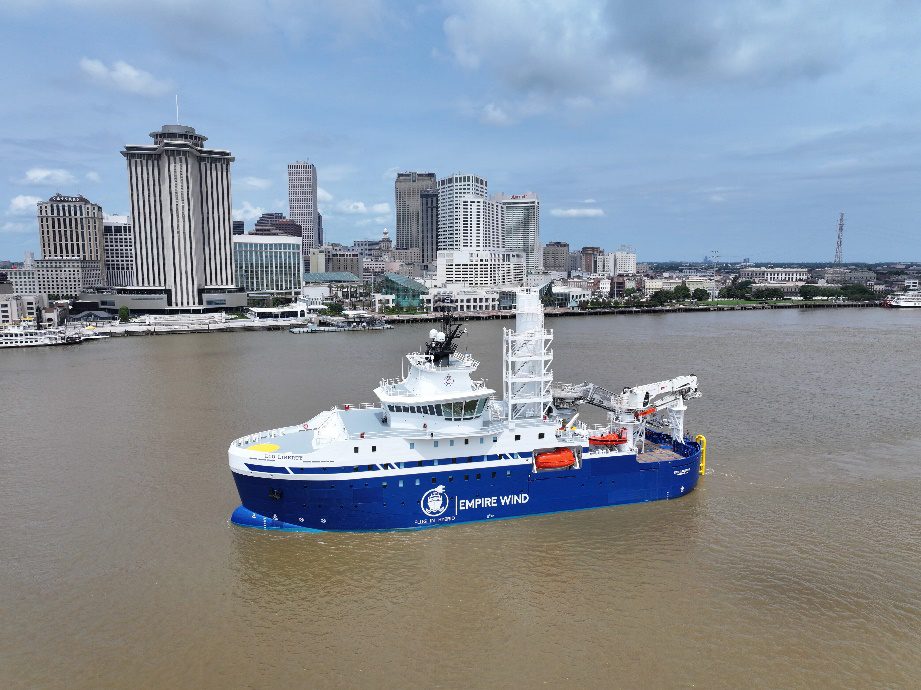The world’s largest offshore support vessel (OSV) owner and operator Tidewater Inc. is optimistic that the recovery of the offshore vessel market will continue and even strengthen this year as demand for oil and gas supplies increases.
Tidewater saw rise last year to $647.7 million, an increase of 74.6% compared 2021 thanks to its acquisition of Swire Pacific Offshore. Overall, the Houston-based company reported a net loss of $21.7 in 2022, compared to a $129 million loss a year earlier.
“As we mentioned in this year’s second quarter earnings press release, 2022 marked an inflection point in the recovery of the offshore vessel market,” said Tidewater President and CEO Quintin Kneen. “This increase in demand combined with an underinvestment in vessels over the past eight years allowed the industry to push utilization and day rates globally. By all financial measures, 2022 represented a marked improvement in our results.”
Tidewater’s share price rose sharply on Tuesday in response to the company’s outlook forecasting revenues of approximately $900 million, an increase of 39% compared to 2022, and a higher vessel operating margin of approximately 50%.
“As we look forward into 2023, we are confident that not only is the recovery here, but that the demand for offshore vessels will continue to strengthen throughout this year,” said Kneen. “The renewed global focus on securing reliable sources of hydrocarbons has prioritized offshore oil and gas development and we believe that offshore oil and gas capital spending plans will accelerate throughout 2023 and beyond.
“Just as encouraging as the acceleration in demand for offshore vessels services is the continued reduction in the available supply of offshore vessels. The number of large OSVs that are currently laid up is quite limited and the likelihood any of these vessels returning to the market is remote. We see a similar situation developing in the mid-sized OSV fleet, where additional available supply is also very limited. We see essentially no new vessels on order, indicating that the supply of vessels will continue to decline modestly as vessels naturally attrition out of the global fleet. Accordingly, it is our view that the industry is positioned to benefit from an increase in demand over the medium-to-long term and a slowly shrinking supply of vessels. We believe this imbalance in supply and demand will continue to provide the opportunity for day rate and utilization increases, and we remain committed to maximizing the earnings and cash flow generation from our fleet,” Kneen added.

 Join The Club
Join The Club











